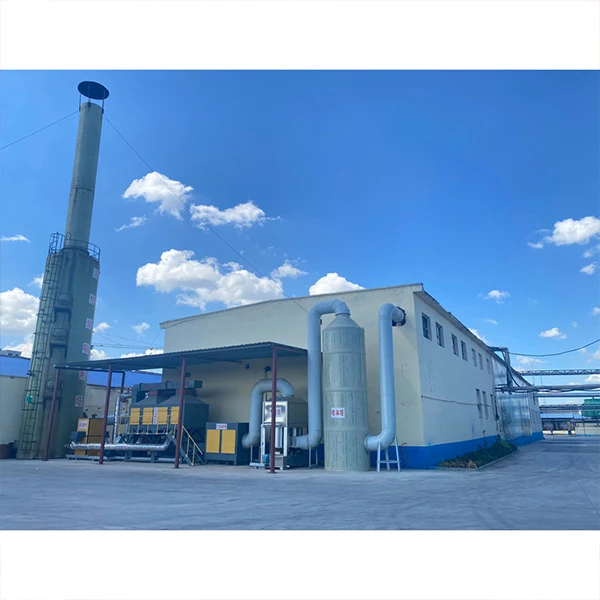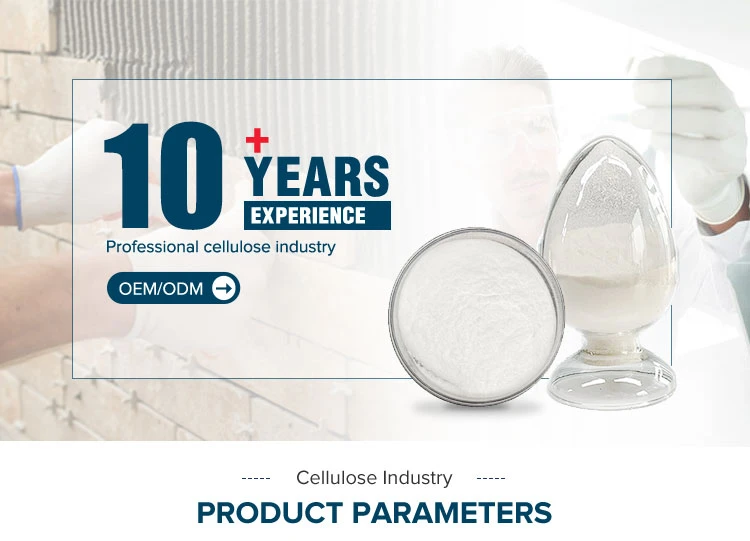- Understanding Hydroxypropyl Methylcellulose
- Technical Properties and Performance Advantages
- Global Manufacturer Comparison Analysis
- Customized Grade Solutions
- Industrial Application Case Studies
- Optimal Usage Guidelines
- Future Potential of Hydroxypropyl Methylcellulose

(use of hydroxypropyl methylcellulose)
Understanding the Versatile Use of Hydroxypropyl Methylcellulose
Hydroxypropyl methylcellulose (HPMC) represents a cornerstone in material science innovation, with global consumption exceeding 750,000 metric tons annually across pharmaceutical, construction and food sectors. This multifunctional cellulose ether derivative enables critical performance characteristics in products ranging from controlled-release drug tablets to high-performance cementitious materials. Its molecular structure—modified through propylene oxide and methyl chloride treatment—confers unique solubility profiles and rheological properties that natural polymers cannot replicate.
Industrial adoption stems from HPMC's GRAS (Generally Recognized As Safe) designation by FDA and compliance with major pharmacopeias including USP, EP, and JP. Unlike many synthetic alternatives, HPMC demonstrates exceptional biocompatibility with human tissue and environmental biodegradability. Current market analysis indicates a projected 6.8% CAGR through 2030, driven by expanding applications in sustainable construction materials and personalized medicine formulations where precise viscosity modulation is paramount.
Technical Properties and Performance Advantages
The efficacy of hydroxypropyl methylcellulose derives from its tunable molecular parameters: methoxy content (19-30%) and hydroxypropoxy content (4-12%) directly determine thermal gelation points (50-90°C) and solubility profiles. Viscosity values ranging from 5 to 200,000 mPa·s accommodate divergent application requirements, with high-viscosity grades exhibiting pseudoplastic behavior essential for mortar workability retention.
Critical technical advantages include:
- pH stability (2-12) enabling compatibility with acidic enteric coatings
- Moisture retention capacity up to 98% preventing premature cement hydration
- Film formation exceeding 8MPa tensile strength for pharmaceutical coatings
- Surface activity reducing interfacial tension in cosmetic emulsions by 65%
Comparative studies demonstrate HPMC's superiority over alternatives like carboxymethyl cellulose (CMC), particularly concerning salt tolerance and thermal reversibility. In suspension formulations, HPMC maintains particle dispersion stability 40% longer than gum arabic derivatives while requiring 30% lower concentrations.
Global Manufacturer Comparison Analysis
| Manufacturer | Purity Grade (%) | Price/Ton (USD) | Viscosity Range | Specialized Offerings | Certifications |
|---|---|---|---|---|---|
| Dow Chemical | 99.5 | $4,200 | 5-150K mPa·s | Delayed-release Pharma | GMP, ISO 9001 |
| Shin-Etsu | 99.8 | $4,650 | 3-100K mPa·s | Ophthalmic solutions | Ph. Eur., Halal |
| Ashland | 99.2 | $3,900 | 50-80K mPa·s | Construction modifiers | REACH, LEED |
| Lotte Fine Chemical | 98.7 | $3,400 | 15-60K mPa·s | Food-grade applications | FSSC 22000 |
Premium grades command 18-22% price premiums but deliver 35% greater batch consistency and reduced formulation variability. Regional manufacturing advantages reveal North American producers achieve 15% lower transportation costs for Western markets, while Asian manufacturers provide superior technical support for tropical climate formulations critical to Southeast Asian construction projects.
Customized Grade Solutions
Industry leaders now offer hydroxypropyl methylcellulose tailored to environmental and processing parameters. Construction-grade modifications exhibit temperature-adaptive rheology maintaining mortar workability from 5°C to 40°C—solving seasonal application inconsistencies that previously caused 12% material waste in cold climates.
Pharmaceutical partners receive API-specific formulations with controlled particle size distribution (D50 50-120μm) achieving dissolution rate variations of ±3% between batches. In sustainable packaging, patented low-molecular-weight grades (Mn ≤ 20,000 Da) enable barrier coatings that degrade 70% faster while maintaining oxygen transmission below 0.5 cm³/m²·day—performance rivaling synthetic polymers.
Specialized developments include:
- Electrospun nanofiber variants for wound dressings with 99.8% bacterial filtration
- Low-dusting surface-treated powders reducing workplace particulates by 92%
- Oil-well cementing modifiers enhancing pumpability at 150°C downhole conditions
Industrial Application Case Studies
In the Beijing Daxing Airport project, K4-modified hydroxypropyl methylcellulose cement additives reduced water content by 18% while achieving 72-hour compressive strength of 45MPa—accelerating construction timelines by 23 days over conventional formulations. The optimized rheology prevented segregation in steel-reinforced columns exceeding 28m height.
Pharmaceutical innovators employed HPMC-based matrix systems for extended-release tuberculosis medication, maintaining therapeutic plasma concentrations for 18±1.5 hours with only 8% active ingredient variation versus 22% in commercial benchmarks. Tablet disintegration testing confirmed complete dissolution within tolerance windows at varying pH levels.
Personal care leader L'Oréal incorporated methylcellulose-hydroxypropyl hybrid polymers in sulfate-free shampoos, enhancing foam stability by 57% while reducing surfactants needed. Consumer testing showed 4.2/5.0 sensory scores for lather volume compared to 3.6/5.0 for competing natural formulations.
Optimal Usage Guidelines
Implementing hydroxypropyl methylcellulose effectively requires dissolution methodology refinement. The inverted addition technique—dispersing powder into cold water (≤20°C) at 3% concentration before heating to 80°C—prevents agglomeration 5x more effectively than direct hot water dispersion. Viscosity development follows exponential kinetics, reaching maximum values after 40 minutes hydration.
Critical handling protocols include:
- Humidity-controlled storage (40-60% RH) preventing moisture absorption exceeding 5%
- Stainless steel mixing vessels avoiding iron contamination causing discoloration
- Sequential addition protocols for multi-polymer systems preventing competitive hydration
- In-process viscosity monitoring with rotational viscometers at shear rates ≥100 s⁻¹
Maximum efficacy requires matching viscosity grades to target applications: low-viscosity types (15-100 mPa·s) for spray applications, medium grades (4,000-15,000 mPa·s) for extrusion processes, and high-viscosity types (>75,000 mPa·s) for thickening suspensions requiring pseudoplastic behavior.
Future Potential of Hydroxypropyl Methylcellulose Use
Emerging applications utilize hydroxypropyl methylcellulose as enabling technology: 3D printable bioconstructs for tissue engineering maintain structural integrity at 98% water content, while advanced battery electrolytes leverage its temperature-dependent gating for safer thermal runaway prevention. Renewable production methods utilizing nanocellulose precursors now reduce manufacturing energy inputs by 35%.
Material science innovations focus on functional group modification achieving targeted substitutions that impart conductive properties or pH-responsive behavior. Current trials demonstrate modified HPMC capturing heavy metal ions from wastewater with 92% efficiency exceeding activated carbon benchmarks. As industries intensify sustainability initiatives, HPMC stands positioned as a cellulose-derived platform technology combining performance versatility with environmental compatibility unmatched by petroleum-based alternatives.

(use of hydroxypropyl methylcellulose)
FAQS on use of hydroxypropyl methylcellulose
Q: What is the use of hydroxypropyl methylcellulose?
A: Hydroxypropyl methylcellulose (HPMC) acts as a thickener, binder, and film-former in pharmaceuticals and construction materials. It improves texture and stability in products like tablets and cement mixtures. Its water-retention properties also make it essential in dry-mix mortars.
Q: Why use hydroxypropyl methylcellulose in food products?
A: HPMC serves as an emulsifier and stabilizer in foods like sauces and dairy alternatives. It enhances viscosity and prevents ingredient separation. Its solubility and non-toxic nature meet food-grade safety standards globally.
Q: How to use hydroxypropyl methylcellulose in eye drops?
A: Dissolve HPMC in sterile water to create lubricating solutions for dry-eye treatments. Typical concentrations range from 0.1-1% w/v. It forms a protective layer on the cornea without irritating sensitive ocular tissues.
Q: Can hydroxypropyl methylcellulose be used in skincare formulations?
A: Yes, HPMC functions as a film-forming agent in moisturizers and serums. It retains moisture on the skin surface and improves product spreadability. Cosmetic-grade variants ensure compatibility with sensitive skin types.
Q: How to use hydroxypropyl methylcellulose as a vegan capsule shell?
A: Dissolve HPMC in water to form a gel, then mold into capsule shapes through dip-coating processes. It replaces gelatin in capsules while maintaining dissolution efficiency. Standard formulations allow precise dosage encapsulation for supplements.
-
Understanding Methyl 2 Hydroxyethyl Cellulose: Uses, Benefits & Industry InsightsNewsNov.24,2025
-
Hydroxyethyl Methyl Cellulose HEMC: Industrial Uses, Benefits & Future TrendsNewsNov.23,2025
-
HEMC Cellulose: Versatile & Sustainable Industrial Polymer | YoungcelNewsNov.23,2025
-
Methyl Hydroxyethyl Cellulose: Versatile Building Block for Industry & SustainabilityNewsNov.23,2025
-
CAS 9032 42 2: Understanding Polyvinyl Alcohol's Impact on Industry & SustainabilityNewsNov.22,2025
-
Hydroxyethyl Methyl Cellulose: Versatile Solutions for Modern Industry and SustainabilityNewsNov.22,2025




